BMC-BAMC 2025
BMC-BAMC 2025

Wael Bahsoun (Loughborough University)
Linear response
Tuesday 24th June, 10:30-11:30, Newman Blue
In this talk I will introduce some ergodic theoretic tools that are used to understand statistically the behaviour of chaotic dynamical systems. An important line of research is to check if such systems enjoy linear response (loosely speaking linear response means: smooth parameter changes in the dynamics lead to smooth changes in the observed statistics). Physicists believe that such property should be true in general. I will give a review of rigorous results when linear response holds and when it does not. In addition, I will highlight recent progress and current challenges in this direction of research.
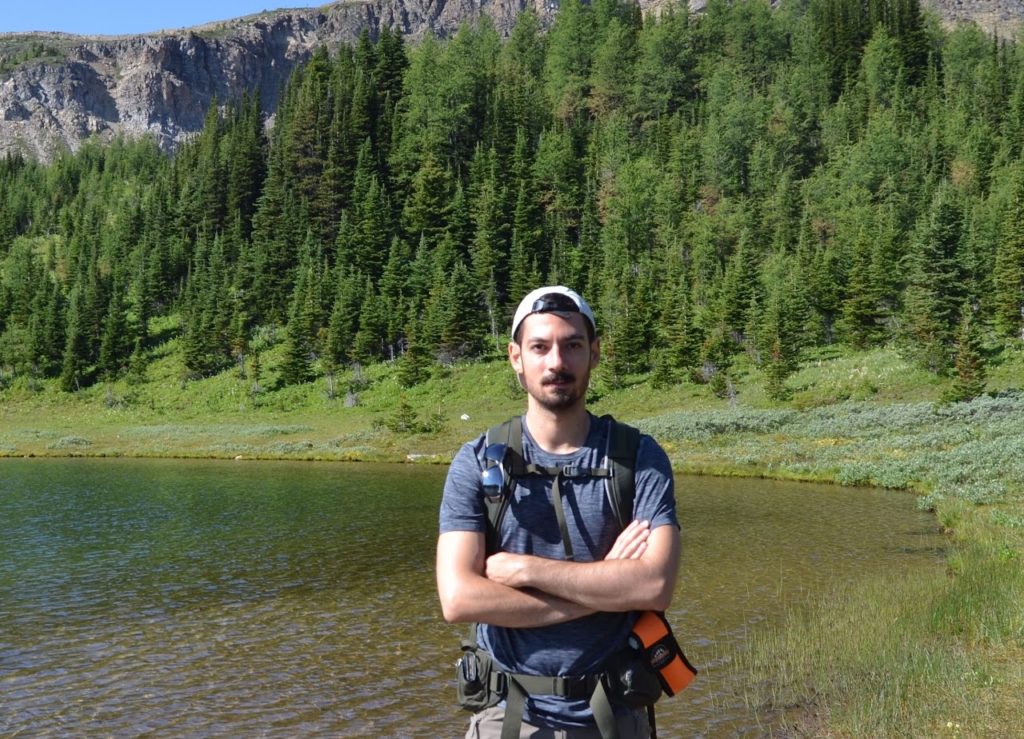
Matteo Tanzi (King’s College London)
Coupled Chaotic Maps and Self-Consistent Transfer Operators
Tuesday 24th June, 11:30-12:30, Newman Blue
At the end of the 1980s, globally coupled maps (GCMs) emerged as high-dimensional models for complex systems. These models feature simple equations where several variables are coupled symmetrically all-to-all, and display a rich variety of behaviours, including synchronization, phase ordering, and turbulence. Rigorous mathematical studies of the dynamics of GCMs have primarily focused on their mean-field limit – that is, the behaviour of the system’s average state as the number of maps approaches infinity. This limit is governed by a nonlinear operator known as the self-consistent transfer operator, which dictates the evolution of the mean field. In this talk, I will provide a brief overview of the origin of the study of self-consistent transfer operators and discuss some recent progress in the field focusing on coupled chaotic maps.

Fred Diamond (King’s College London)
Modular forms and Galois representations in finite characteristic
Tuesday 24th June, 10:30-11:30, Newman Green
At the center of Langlands Programme is a web of “reciprocity” conjectures that can be viewed as relating two types of representations: ones coming of Galois theory on the one hand, and from the theory of automorphic forms on the other, the modularity of elliptic curves over Q being a notable example. A key idea that underpins an approach initiated by Wiles is to propagate reciprocity using congruences, and this has sparked the development of a p-adic Langlands Programme, which in particular predicts the existence of such relations between objects in characteristic p (a prime). A striking example of this is Serre’s Conjecture (proved by Khare and Wintenberger), which determines precisely which two-dimensional mod p representations of Galois groups over Q arise from modular forms. A key feature of Langlands reciprocity conjectures is the compatibility between global correspondences and local ones (at each prime) that relate the two types of representations (Galois and automorphic) – indeed the equality between the L-function of an elliptic curve and corresponding modular form can be interpreted in this light. Furthermore local-global compatibility is built into techniques for establishing reciprocity. However, in the context of the p-adic Langlands Programme, local correspondences at the prime p itself become much more subtle and mysterious. I’ll discuss some aspects of this phenomenon, with emphasis on its role in generalizations of Serre’s Conjecture.
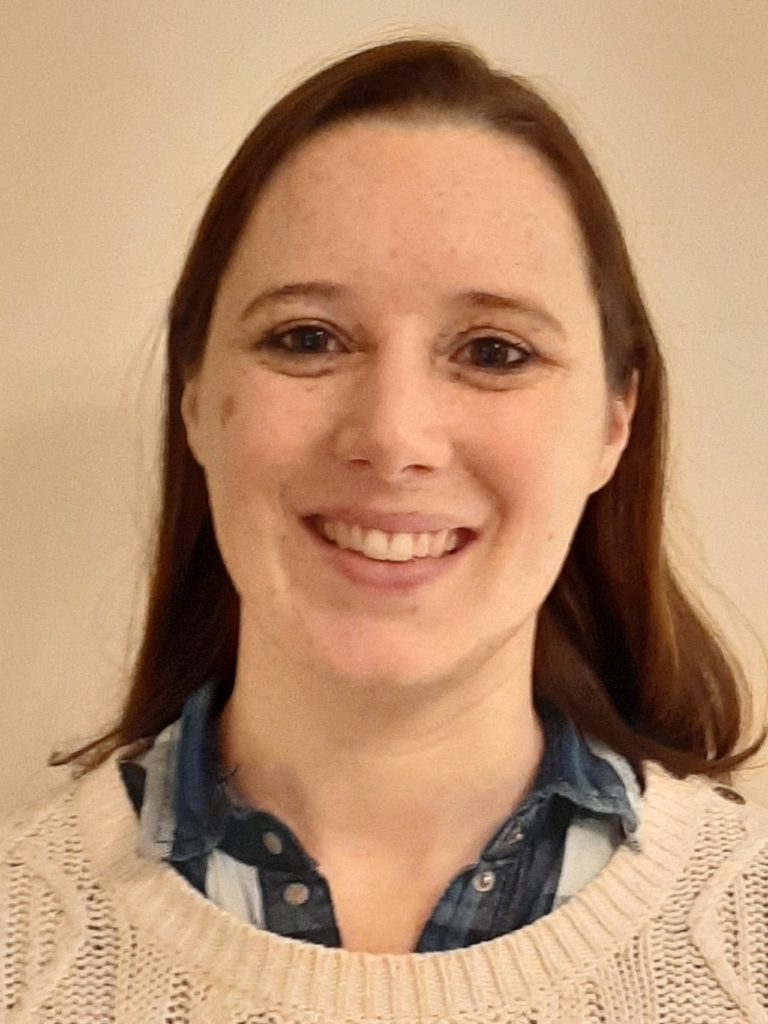
Rachel Newton (King’s College London)
Diophantine equations and when to quit trying to solve them
Tuesday 24th June, 11:30-12:30, Newman Green
The study of integer or rational solutions to polynomial equations with integer coefficients is one of the oldest areas of mathematics and remains a very active field of research. The most basic question we can ask about such an equation is whether its set of rational solutions is empty or not. This turns out to be a very hard question! I will discuss some modern methods for proving that the set of rational solutions is empty. Along the way, I will describe some joint work with Martin Bright concerning the wild part of the Brauer–Manin obstruction.

Natalia Jurga (University of St. Andrews)
Quantitative covering and equidistribution for dynamical systems
Wednesday 25th June, 10:30-11:30, Newman Blue
One of the fundamental features of an ergodic dynamical system (T,X,m) is that for almost every x in X, it’s orbit becomes dense in X and the sequence of empirical distributions along its orbit converges to the measure m. In this talk we will discuss quantitative versions of these facts and their connections to the fractal properties of the measure m.
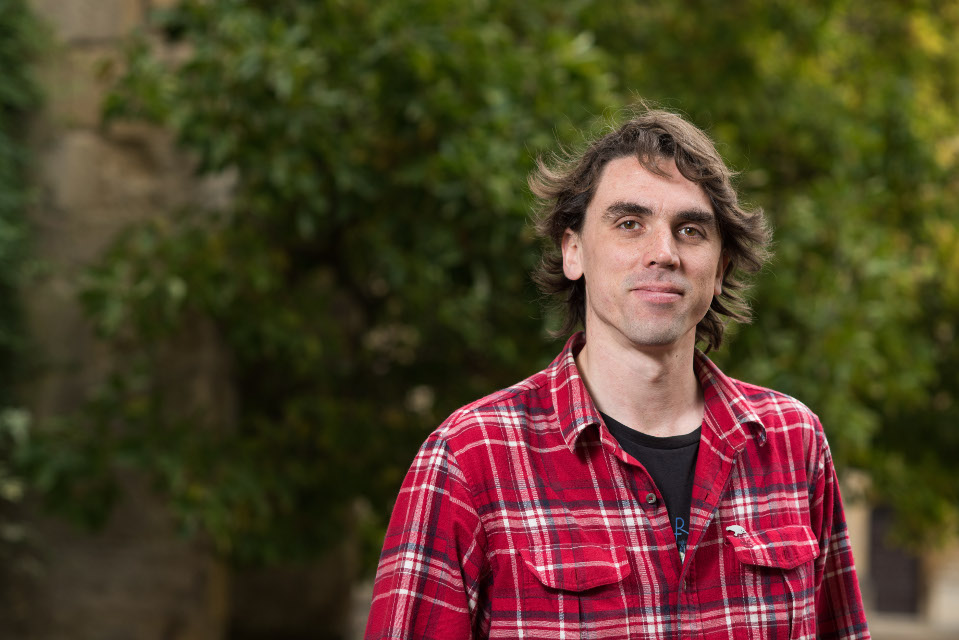
Felix Flicker (University of Bristol)
Constraints and aperiodicity
Wednesday 25th June, 11:30-12:30, Newman Blue
Some of the most important phenomena in physics arise when correlations emerge from local constraints. I will outline results for a range of constrained models in the new setting of aperiodic tilings. On the Ammann Beenker tiling we prove the existence of Hamiltonian cycles (visiting each vertex precisely once), and thereby solve a range of problems including the three-colouring problem and the travelling salesperson problem. On the recently discovered ‘Spectre’ aperiodic monotiling we exactly solve the interacting quantum dimer model. The result features deconfined particle-like excitations at all interaction strengths, which is impossible in periodic settings. I will highlight recent and ongoing work in which we generalise these results to random graphs, motivated by the CMI Millennium Prize Problem “Existence and the Mass Gap”.
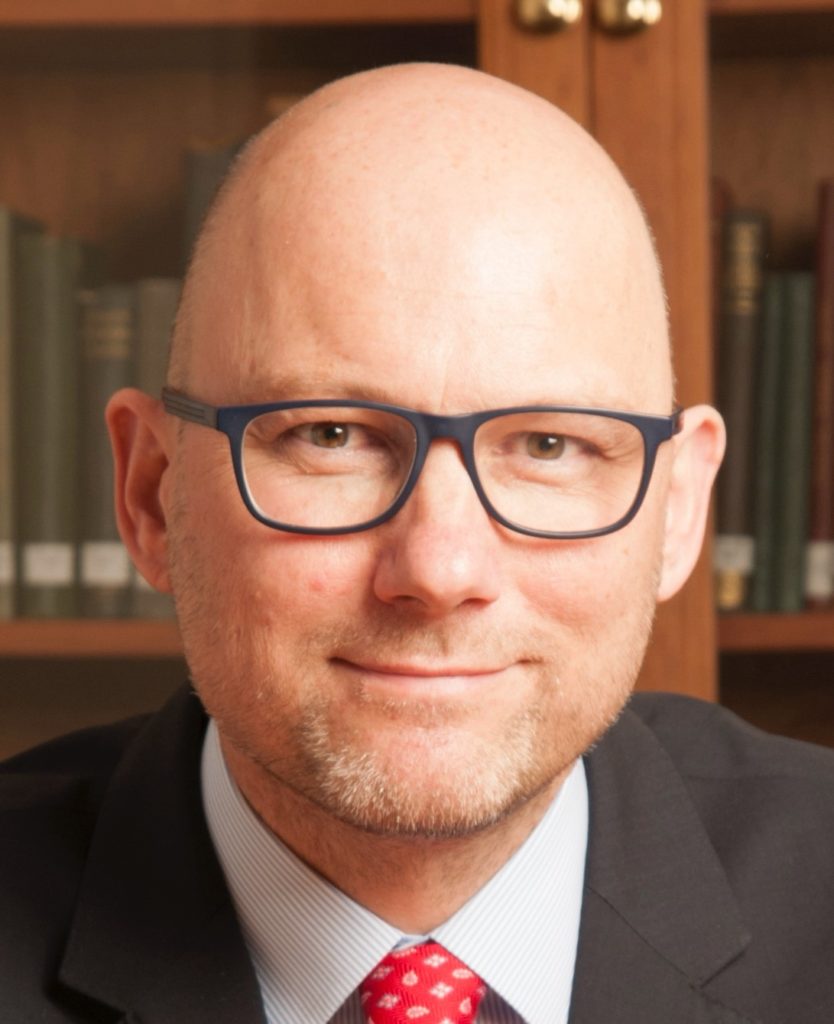
Jens Marklof FRS (University of Bristol)
Random lattices and their applications in number theory, geometry and statistical mechanics
Wednesday 25th June, 10:30-11:30, Newman Green
Lattices are fundamental objects in physics, mathematics and computer science. Starting from a cubic lattice, say, we can perturb the structure by linear transformations (shearing, stretching, rotating) to obtain a whole family of lattices. I will discuss the resulting “space of lattices”, the dynamics of group actions on this space, natural probability measures, as well as some fascinating applications to long-standing problems in various areas of mathematics and mathematical physics. My plan is to tell you about kinetic transport in crystals and quasicrystals (the Lorentz gas), pseudo-random properties of simple arithmetic sequences, knapsack problems, diameters of random Cayley graphs and (time permitting) subtle lattice point counting problems in hyperbolic geometry.
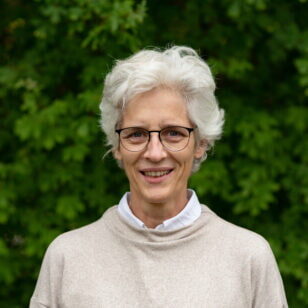
Ulrike Tillmann FRS (University of Oxford)
TQFTs and the renaissance of the algebraic topology of manifolds
Wednesday 25th June, 11:30-12:30, Newman Green
Topological quantum field theory was introduced as a mathematical theory in the 1980s, motivated by physics. A central underlying concept is cobordism of manifolds, a notion originally introduced by Poincare. We will recall some of the early breakthroughs in geometric topology and explain how TQFTs and their study via homotopy led to new calculations in physics but also to a new approach to the algebraic topology of manifolds.
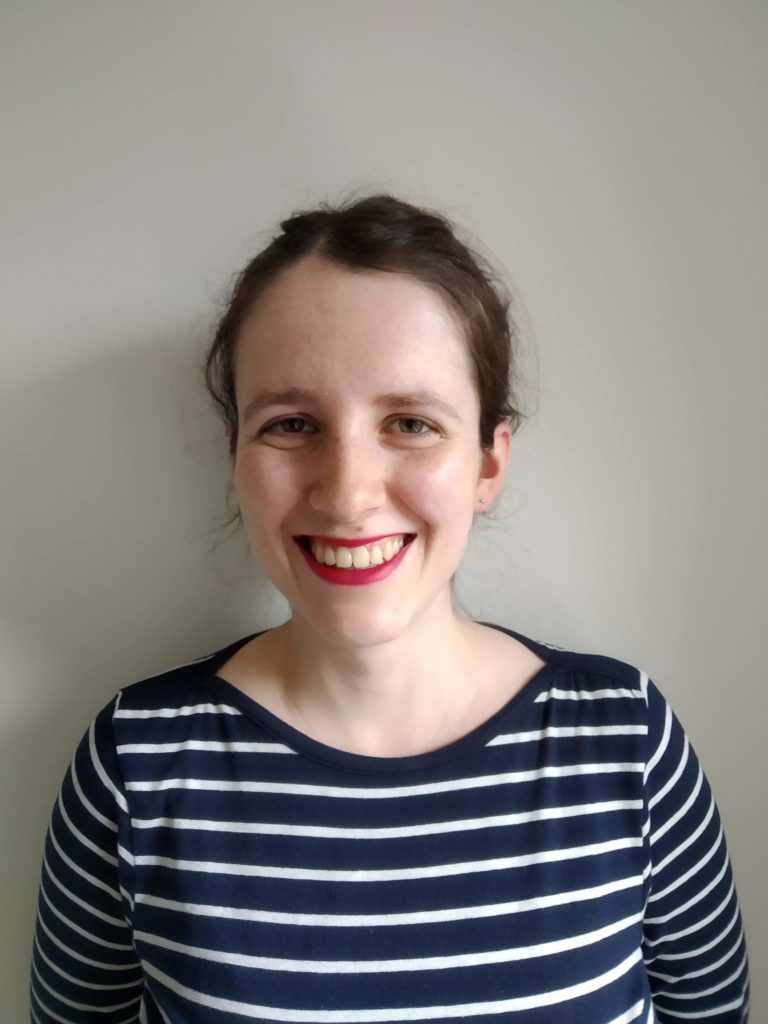
Laura Monk (University of Bristol)
Typical hyperbolic surfaces have an optimal spectral gap
Thursday 26th June, 10:30-11:30, Newman Blue
The first non-zero Laplace eigenvalue of a hyperbolic surface, or its spectral gap, measures how well-connected the surface is: surfaces with a large spectral gap are hard to cut in pieces, have a small diameter and fast mixing times. For large hyperbolic surfaces (of large area or large genus g, equivalently), we know that the spectral gap is asymptotically bounded above by 1/4. The aim of this talk is to present joint work with Nalini Anantharaman, where we prove that most hyperbolic surfaces have a near-optimal spectral gap. That is to say, we prove that, for any ε>0, the Weil-Petersson probability for a hyperbolic surface of genus g to have a spectral gap greater than 1/4-ε goes to one as g goes to infinity. This statement is analogous to Alon’s 1986 conjecture for regular graphs, proven by Friedman in 2003. I will present our approach, which shares many similarities with Friedman’s work, and introduce new tools and ideas that we have developed in order to tackle this problem.
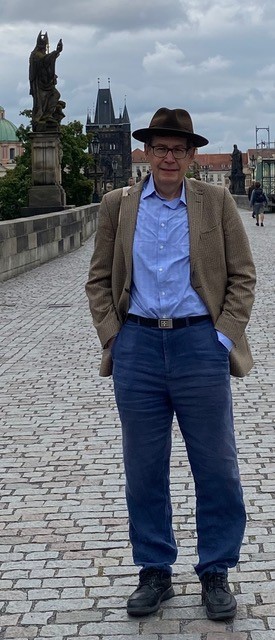
Tomasz Brzezinski (Swansea University, University of Białystok)
Affinization of algebraic structures
Thursday 26th June, 10:30-11:30, Newman Green
The proposal of Tulczyjew (1985) to formulate analytical mechanics in a way that is independent of the frame of reference is based on replacing vector spaces by affine spaces. This idea leads to a more general programme of ‘affinization’, in which an algebraic structure with a distinguished element (or nullary operation) is replaced by a version in which no element is distinguished a priori, but a selection of any element retracts it to the original structure. In this talk we discuss a few instances of affinization: heaps as an affine version of groups, trusses as affinizations of rings, affine spaces and algebras on affine spaces.